A: Actually, we do have a native phlox, Phlox subulata, which is commonly found from cold-hardiness zones 7-10. The plant goes unnoticed during the year because it blends in with the grass and other surrounding parts of the landscape until flowers emerge in late winter and spring. It is one of the signals to us of the arrival of spring. Flower colors vary from red and lavender to pink and white, depending on the cultivar grown. Plants grow no more than about 6 inches tall, forming thick clumps and a good ground cover. The stiff leaves are narrow, growing to about an inch long and perhaps to 1/16 inch wide. It tolerates most any kind of soil, with most sunlight situations although full sun helps it flower best. Native phlox is not salt tolerant. Cultivars include ‘Crimson Beauty’—red flowers; ‘Emerald Cushion’—pink flowers; ‘Millstream’—white with a crimson eye; ‘Millstream Daphne’—dark blue flowers; ‘White Delight’—white flowers. Powdery mildew is the most common disease on this plant. The disease causes a white powdery growth on the leaves.

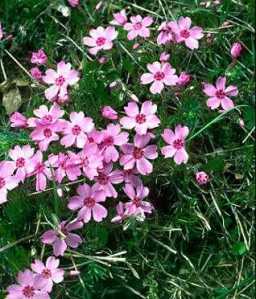
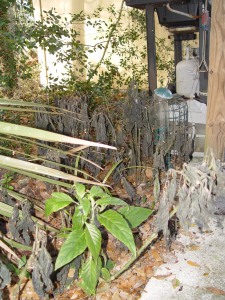
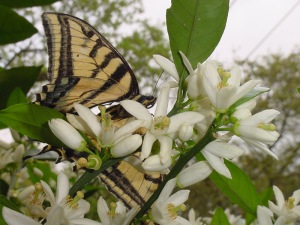
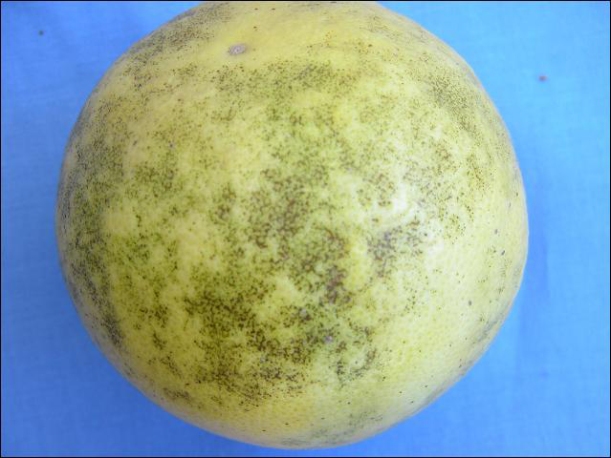
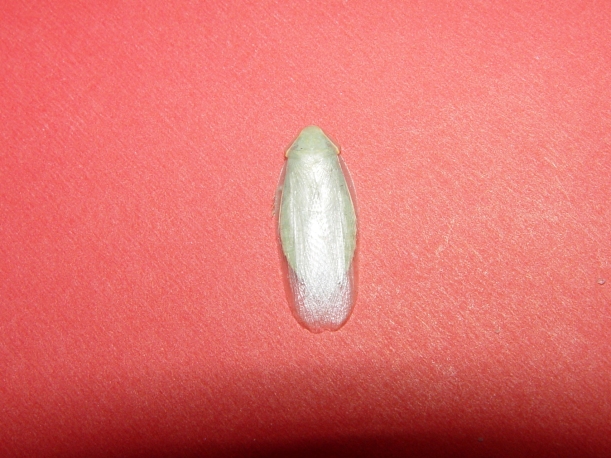
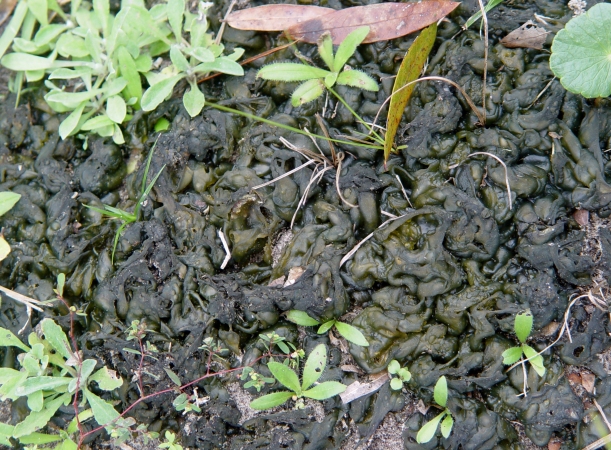 A: At first glance, I thought this might have been some sort of jelly fungi but after further research and after calling a fellow Extension agent, we discovered it to be blue – green algae called
A: At first glance, I thought this might have been some sort of jelly fungi but after further research and after calling a fellow Extension agent, we discovered it to be blue – green algae called